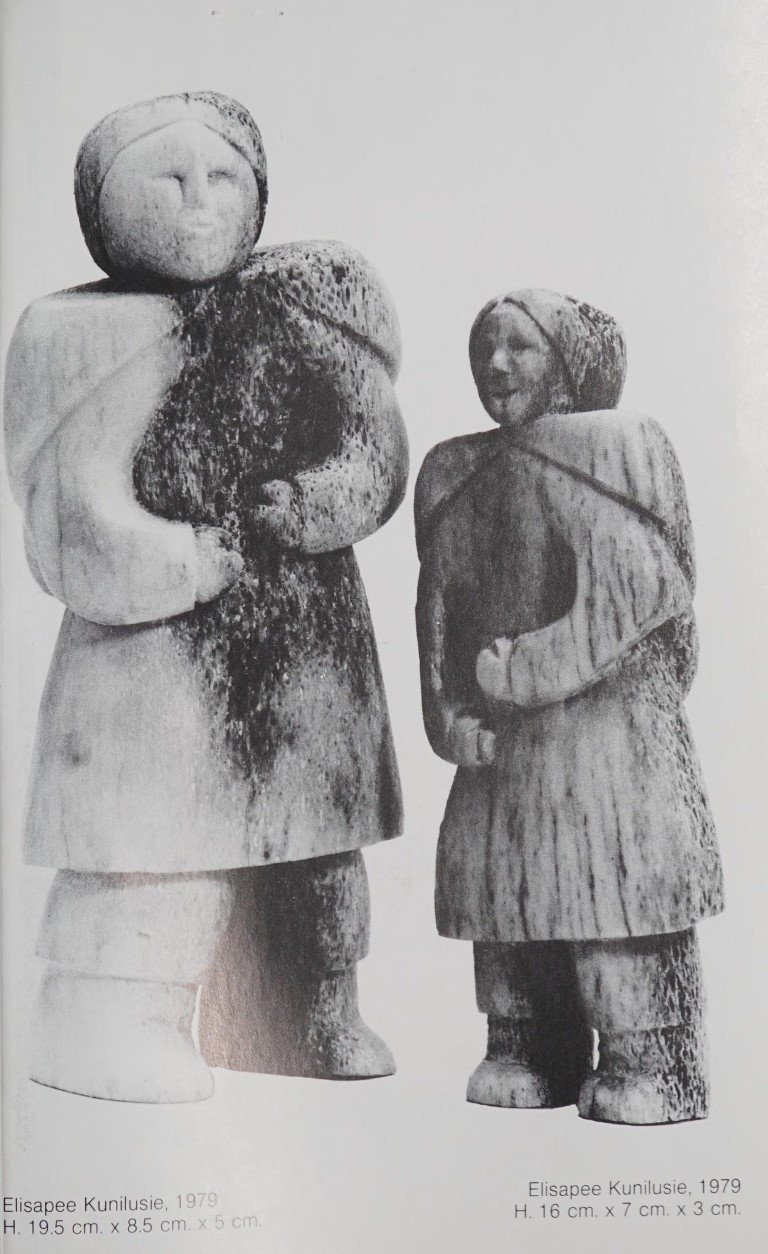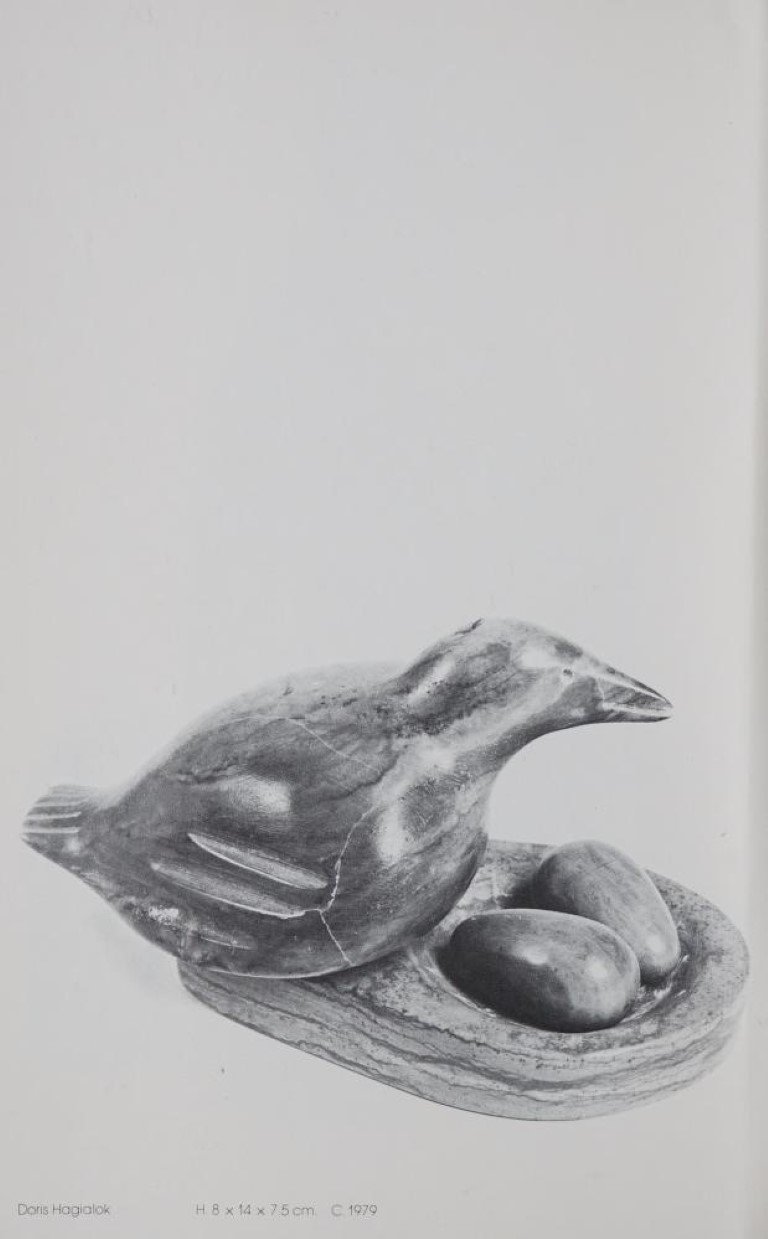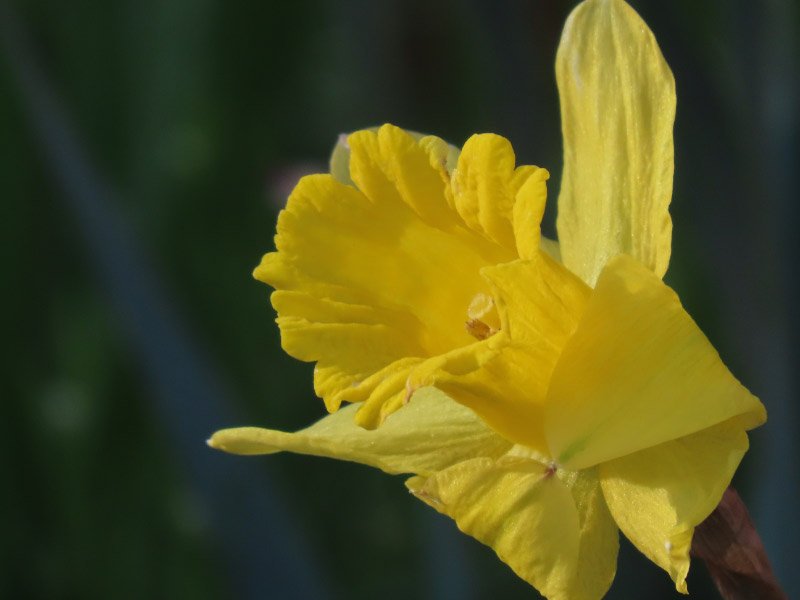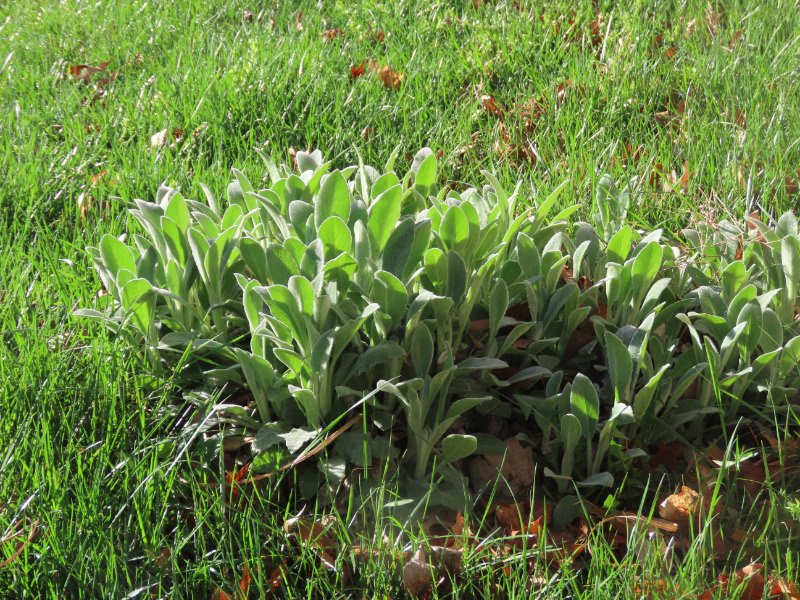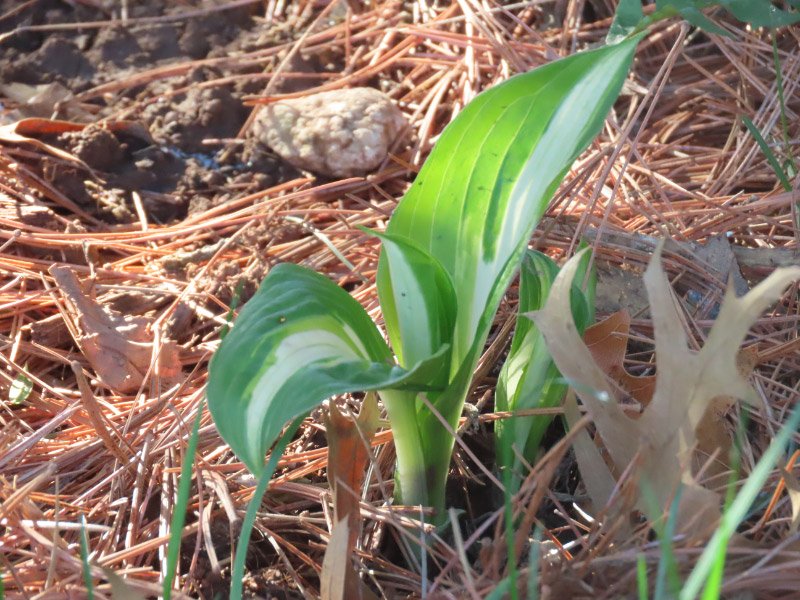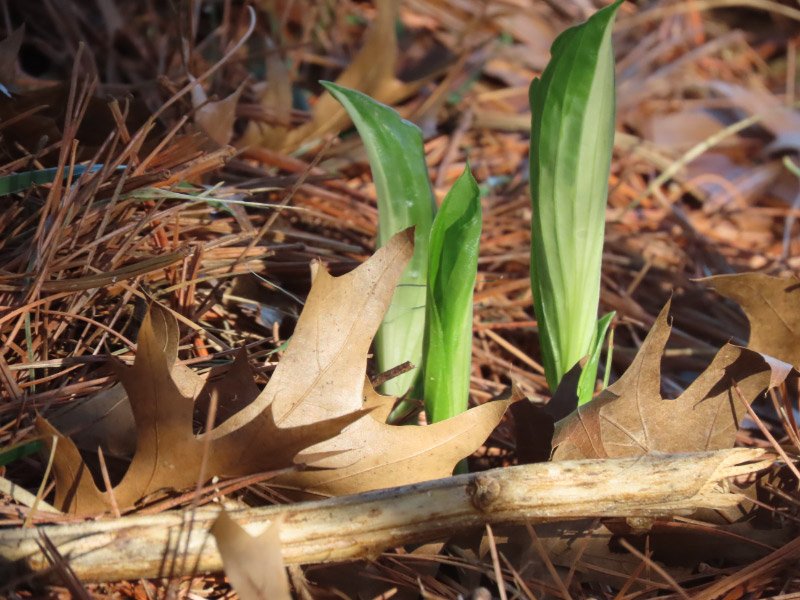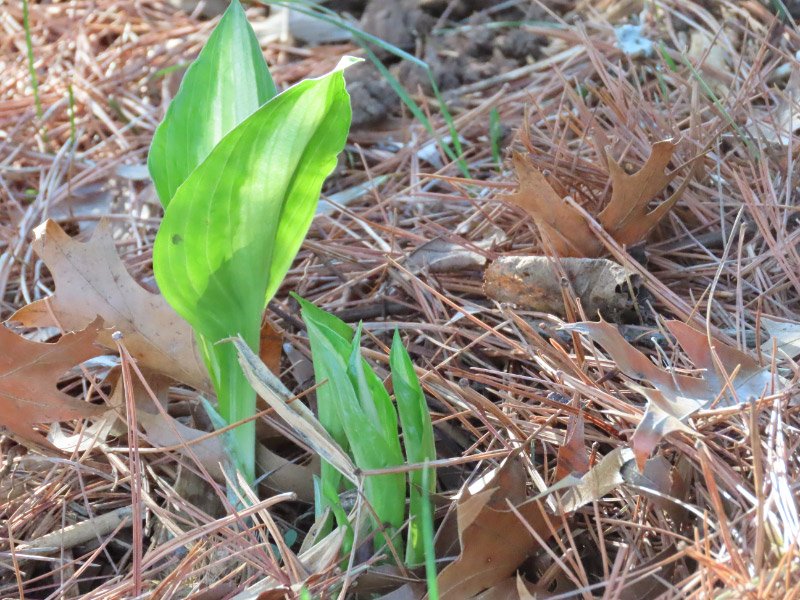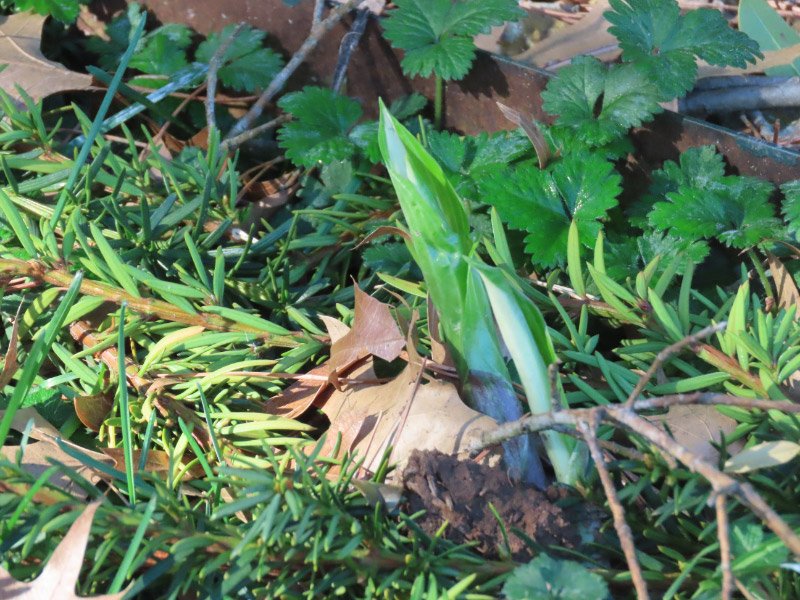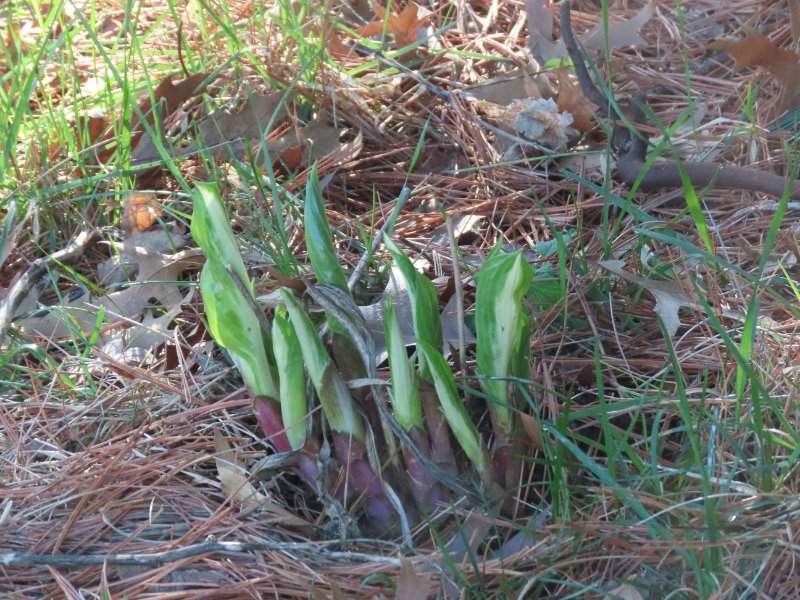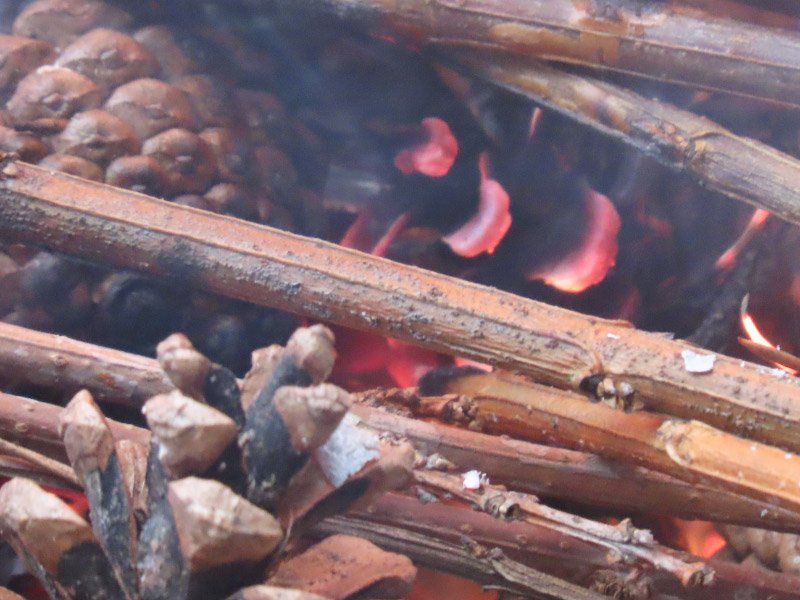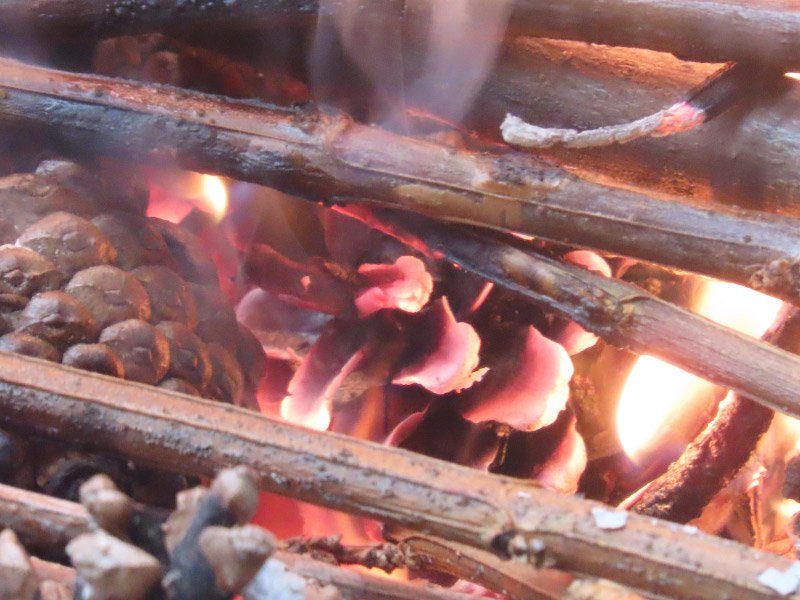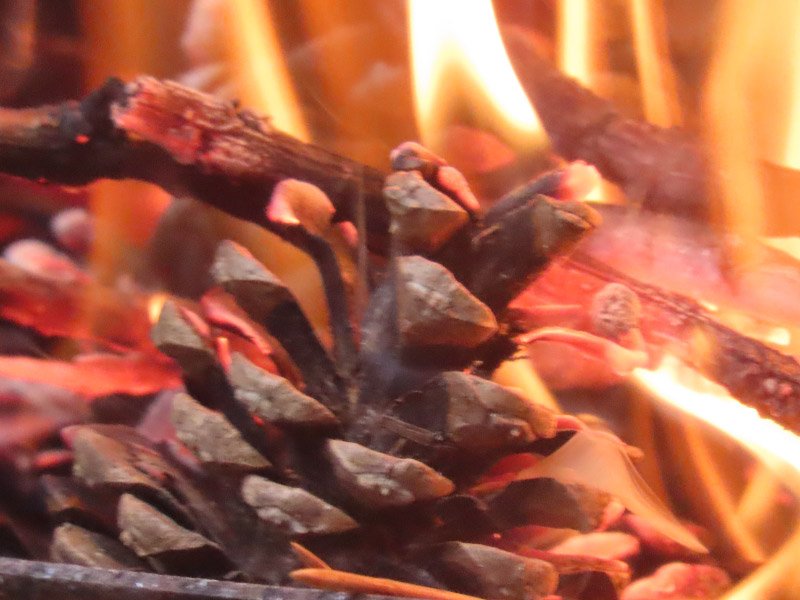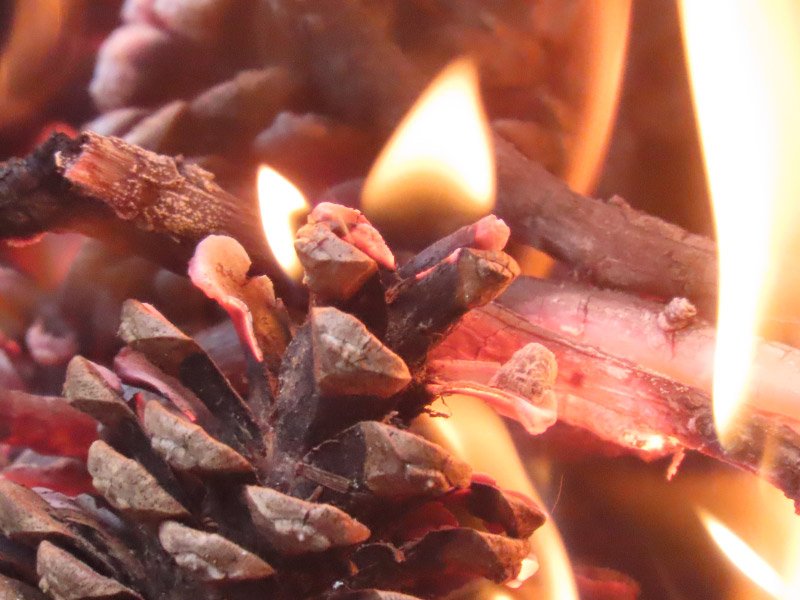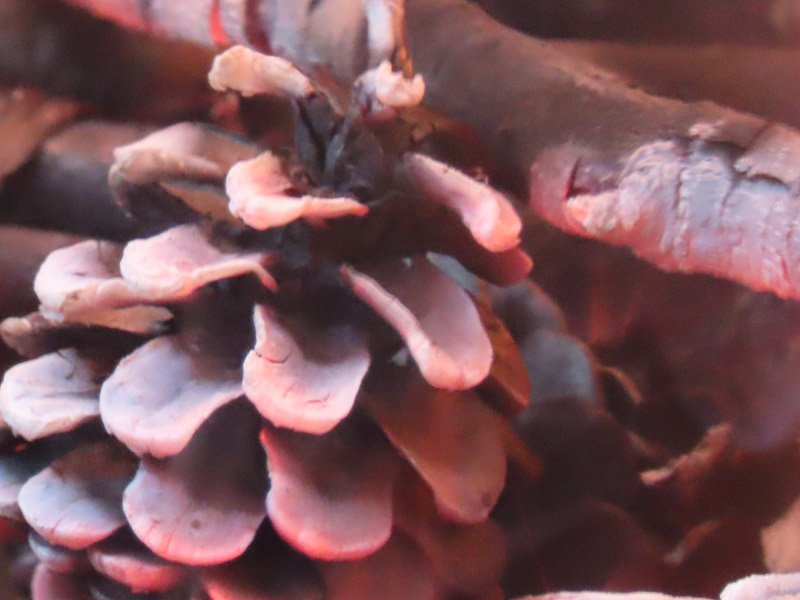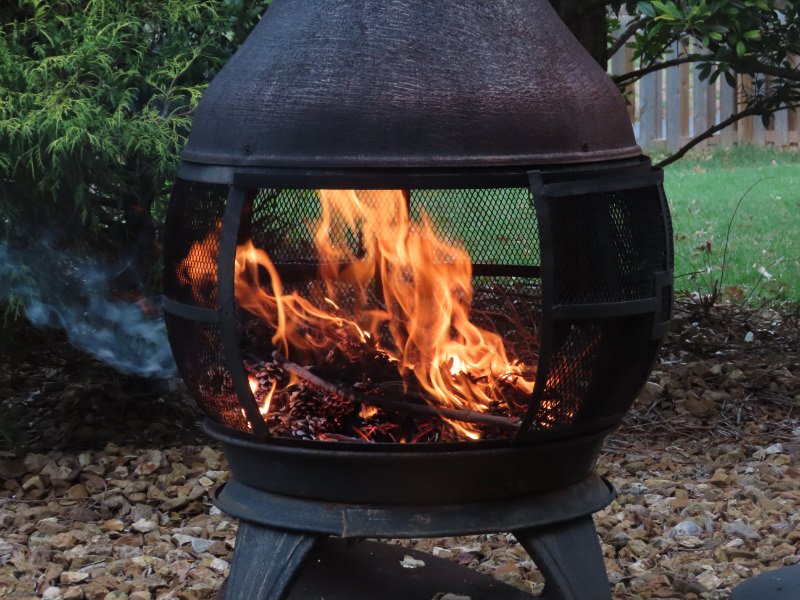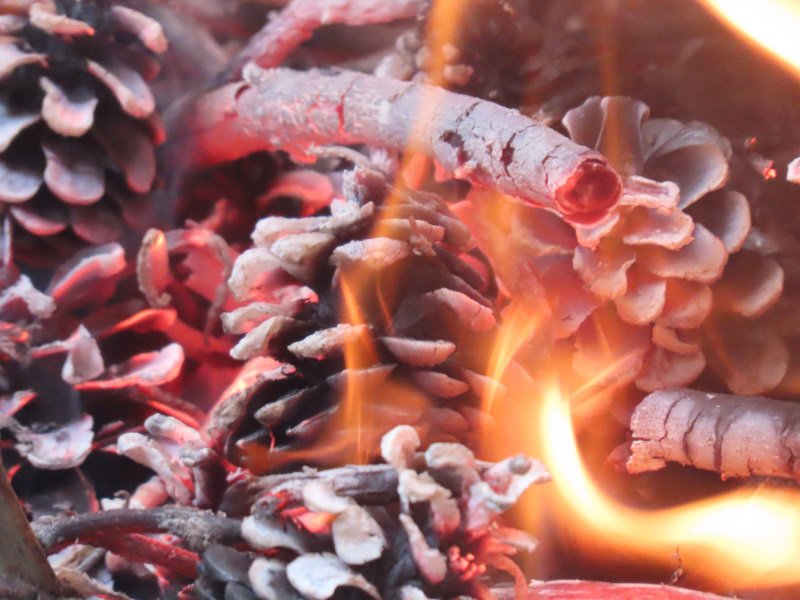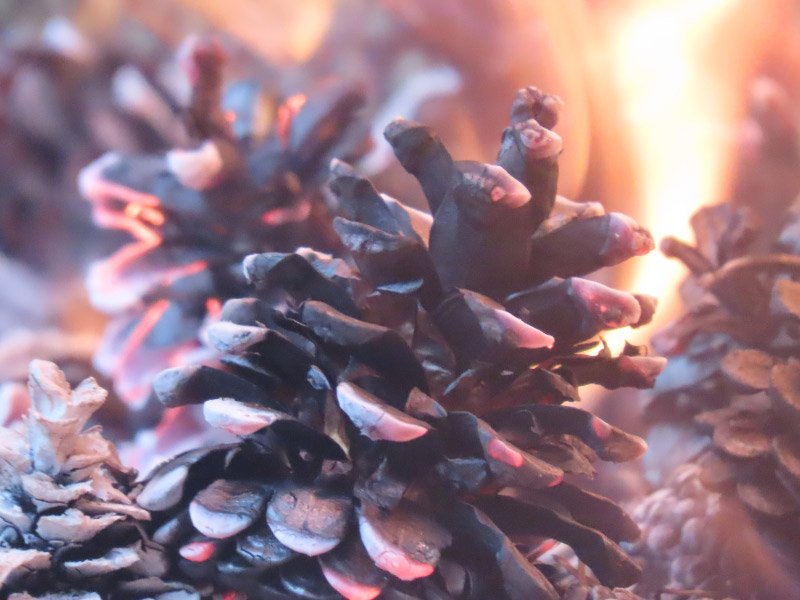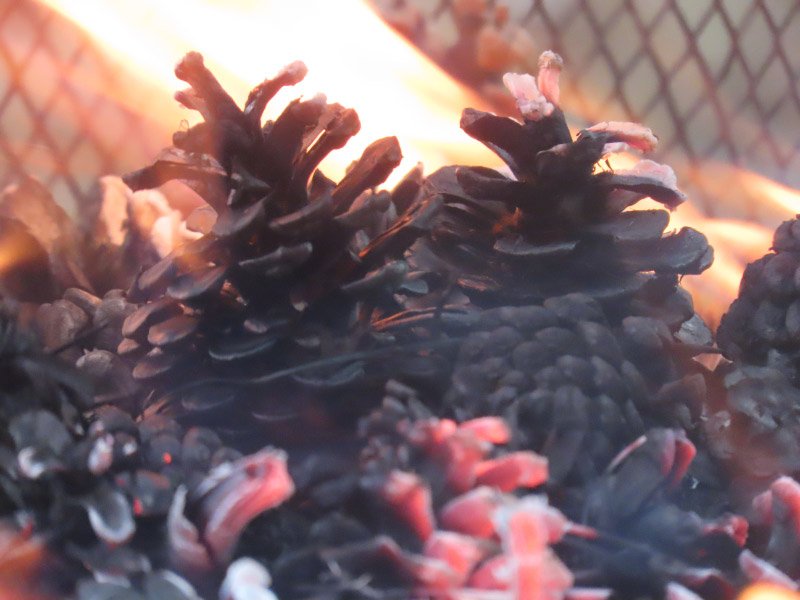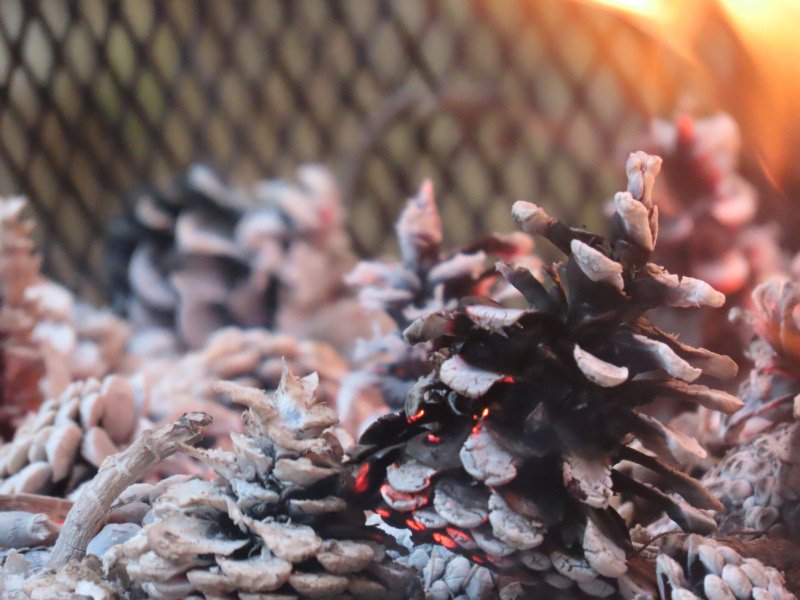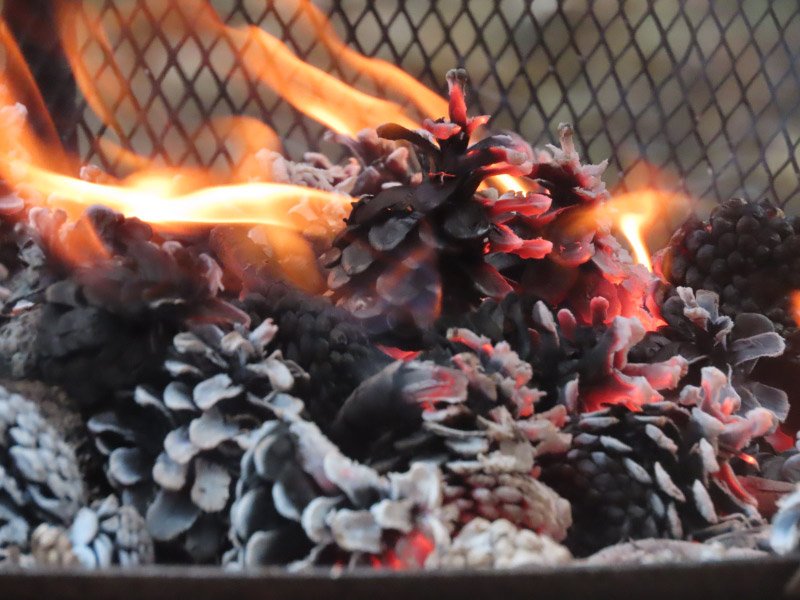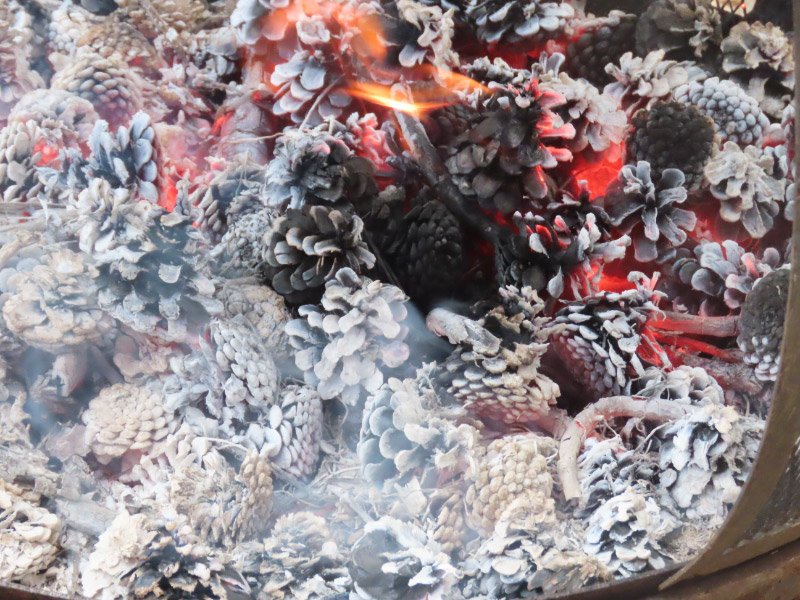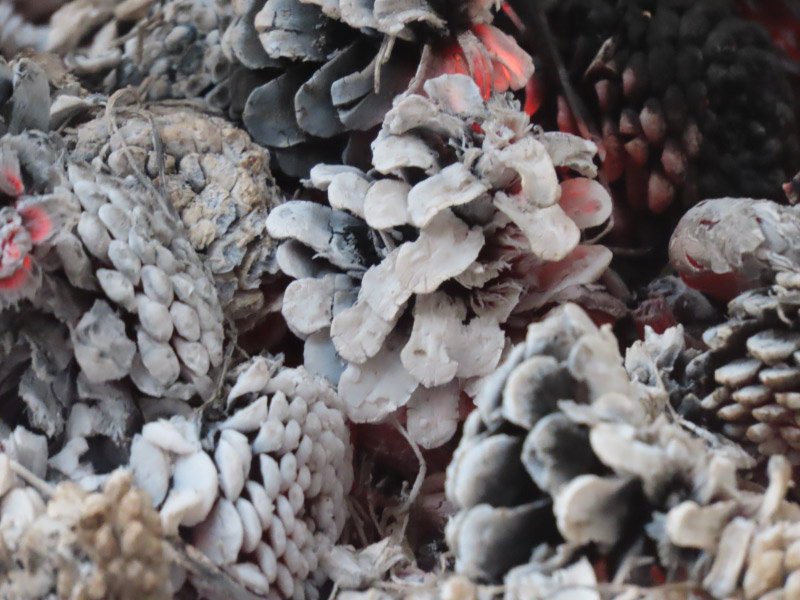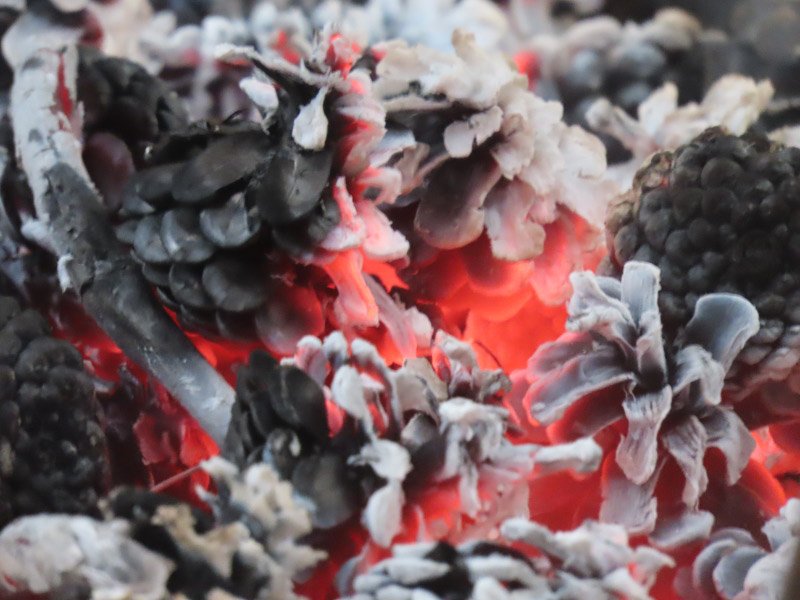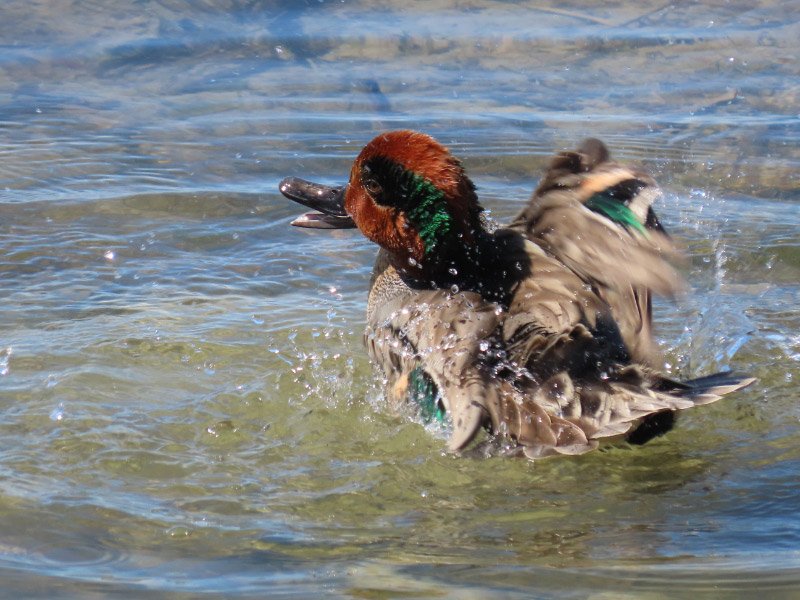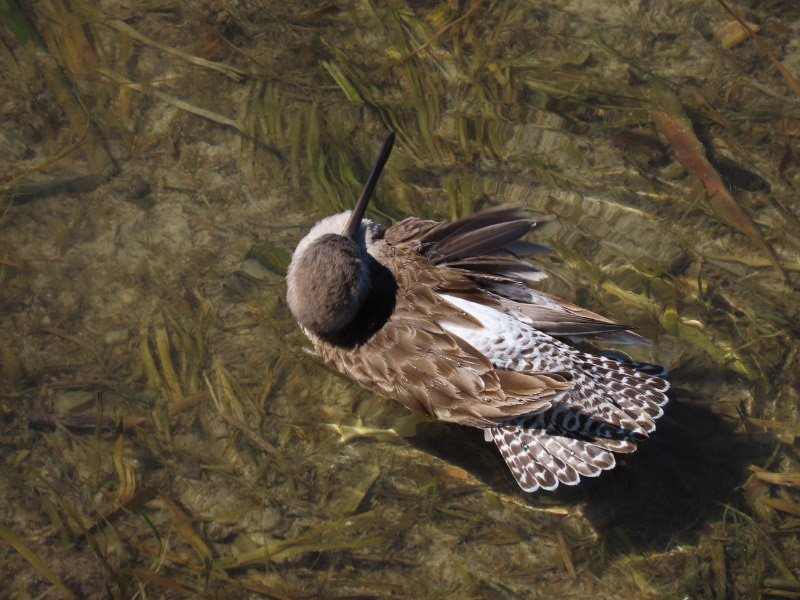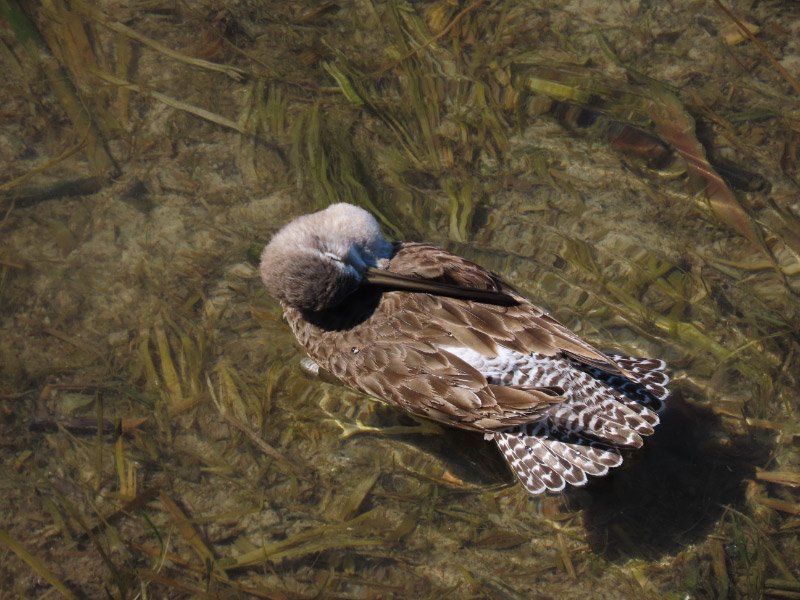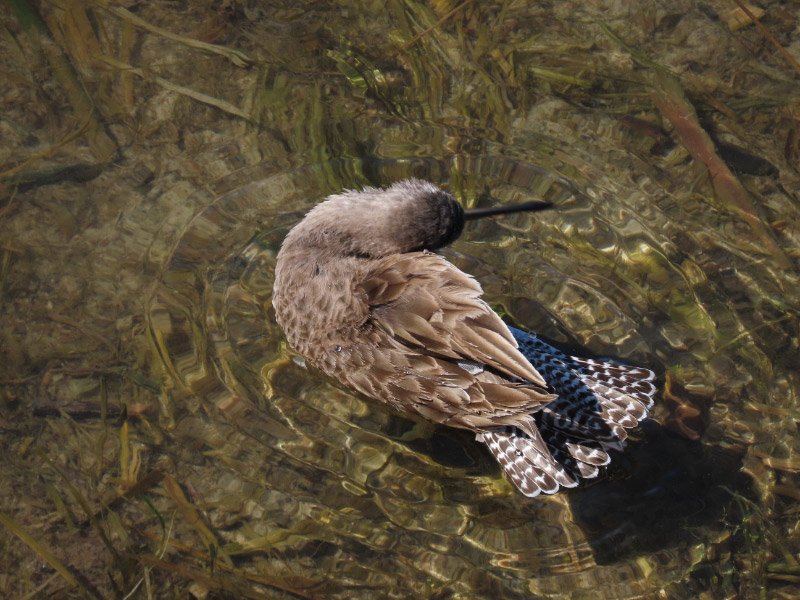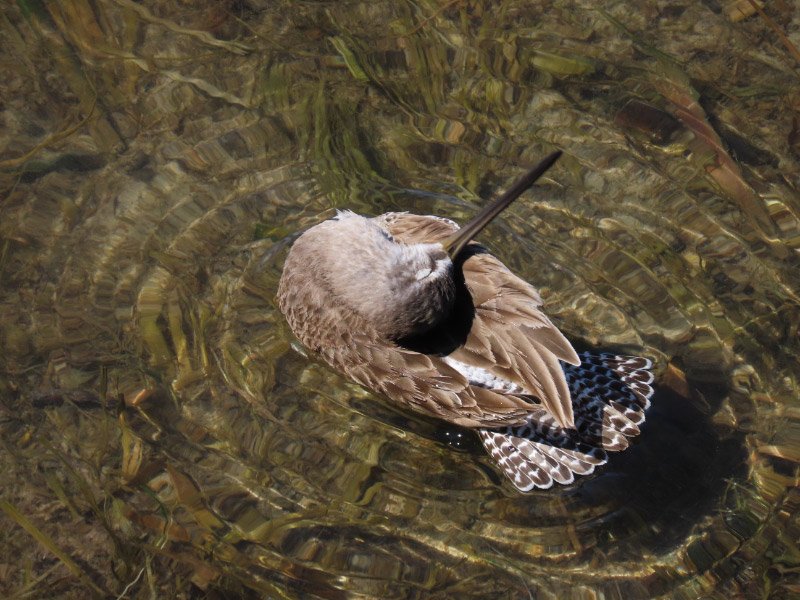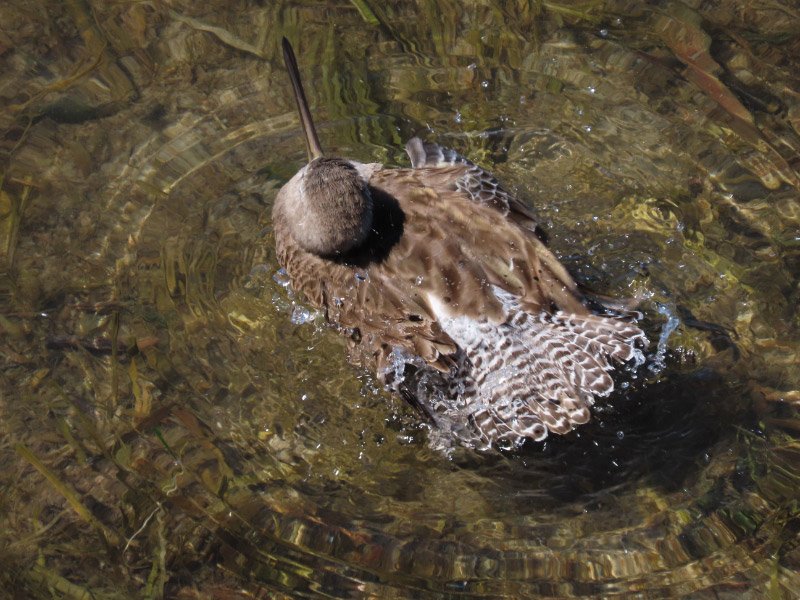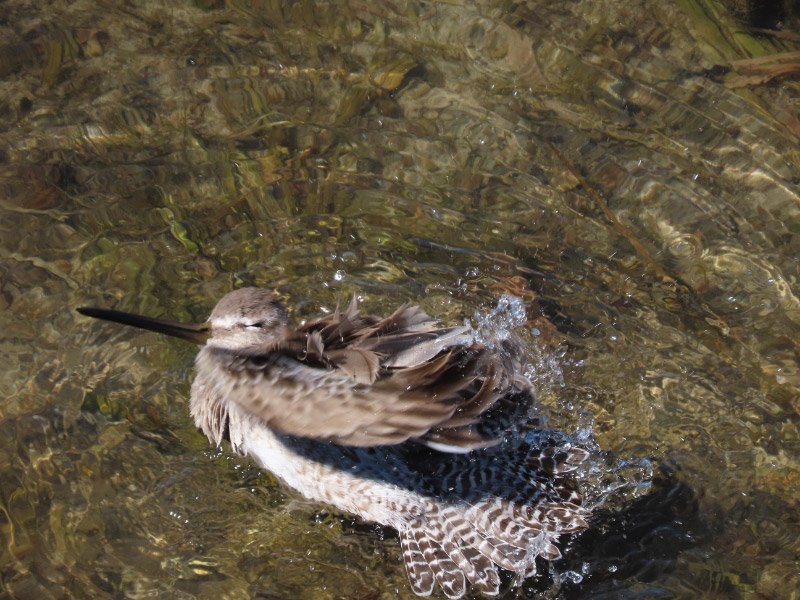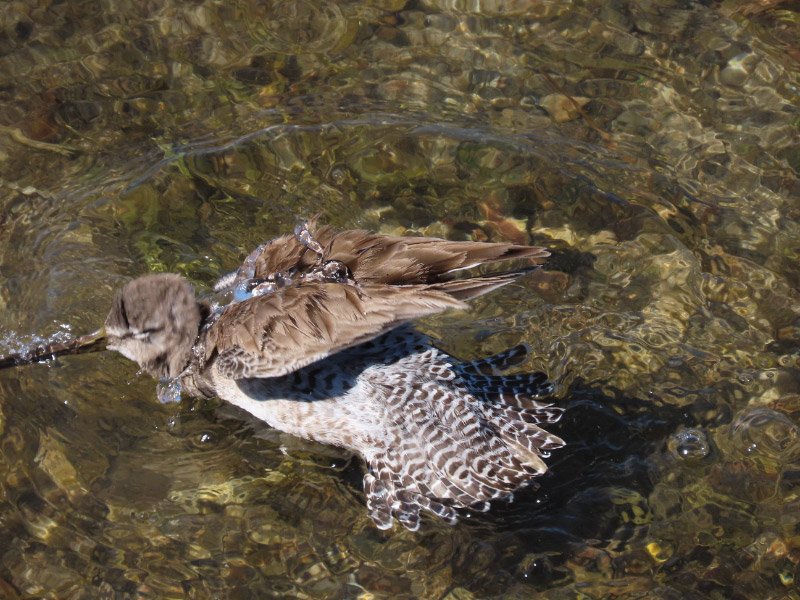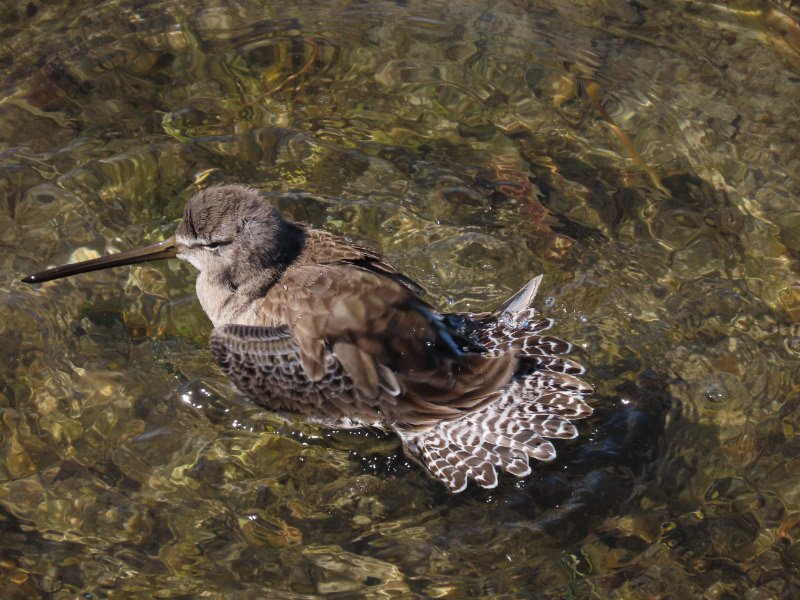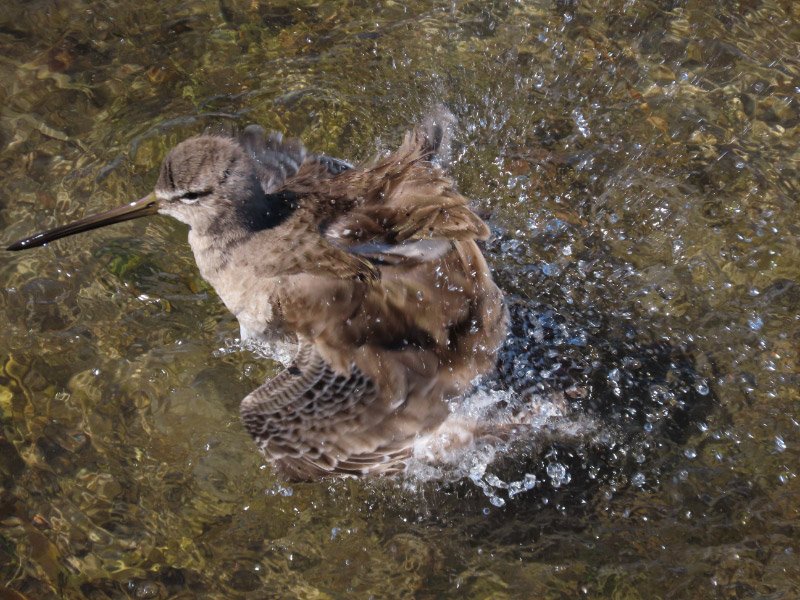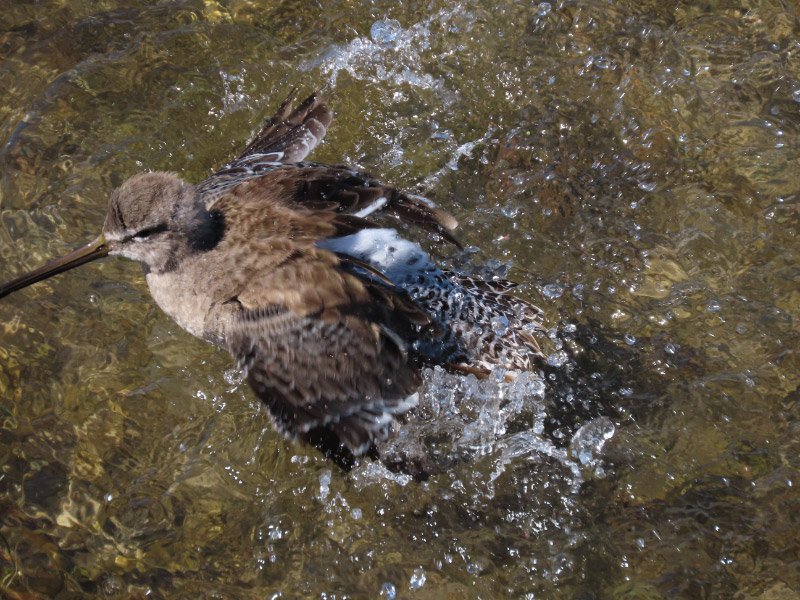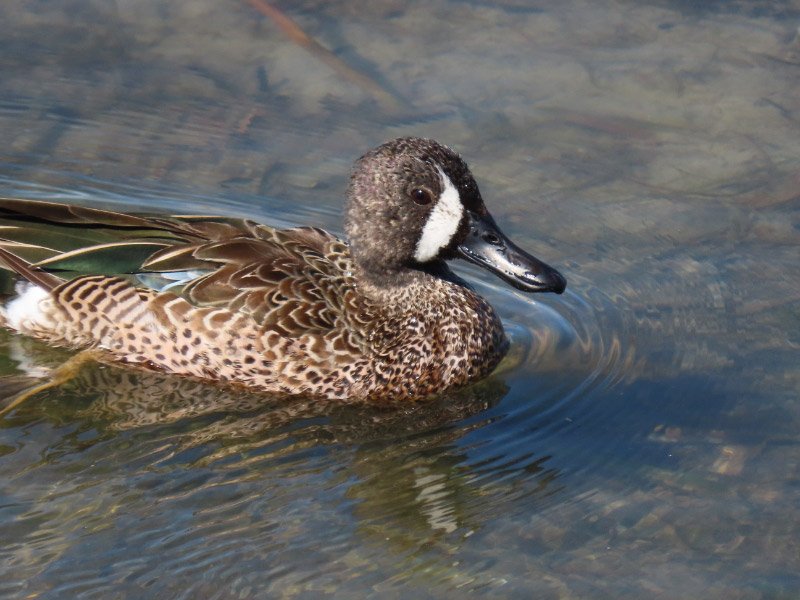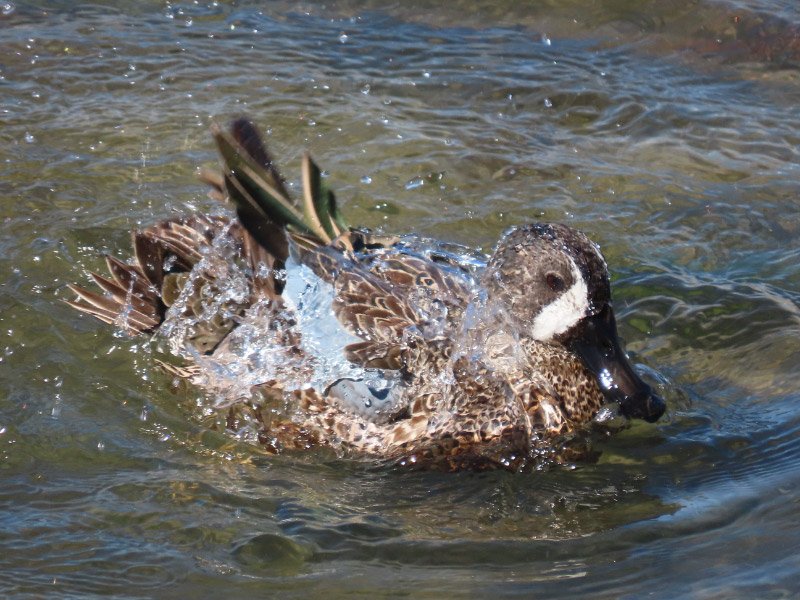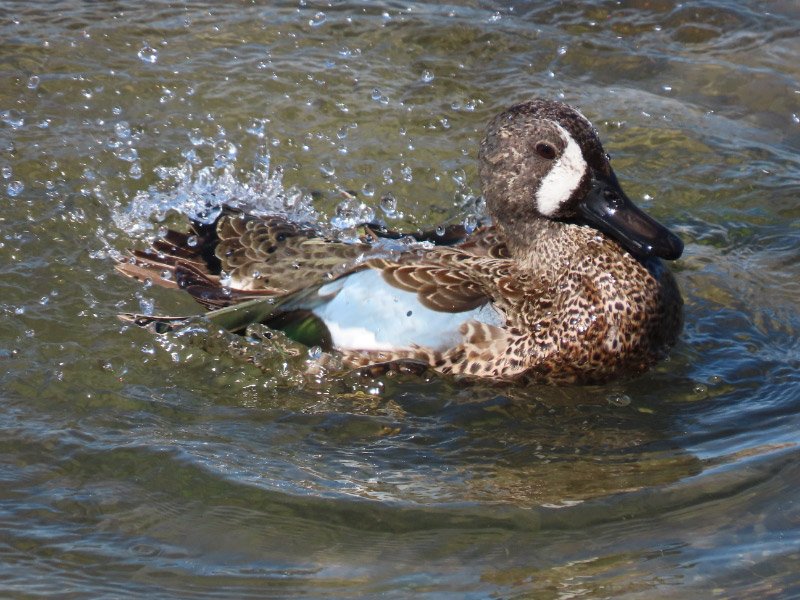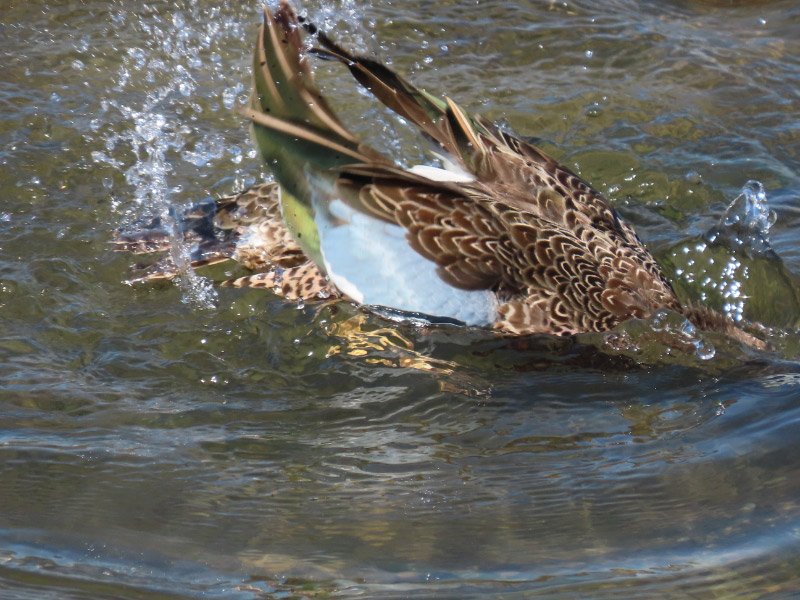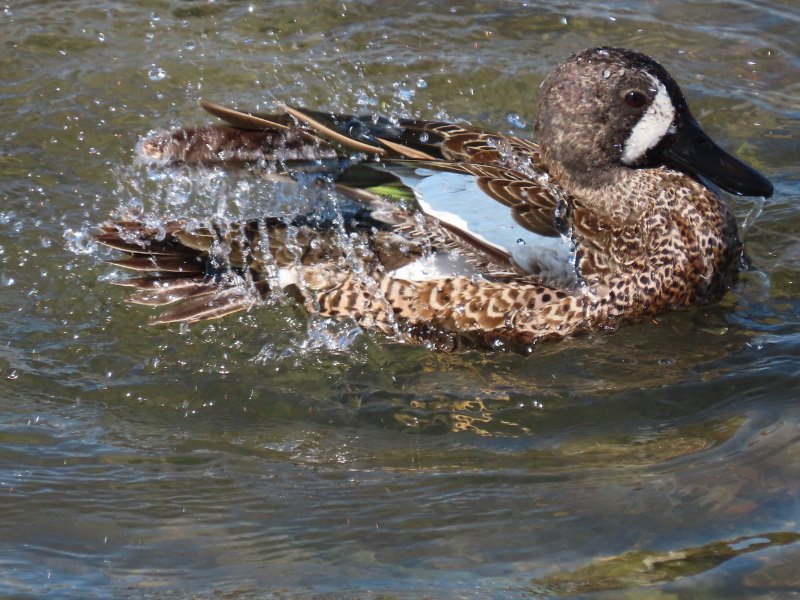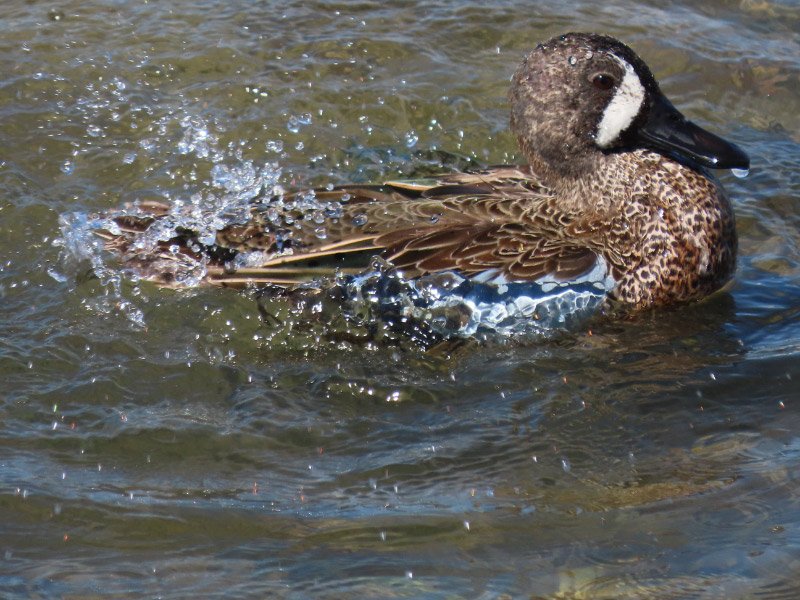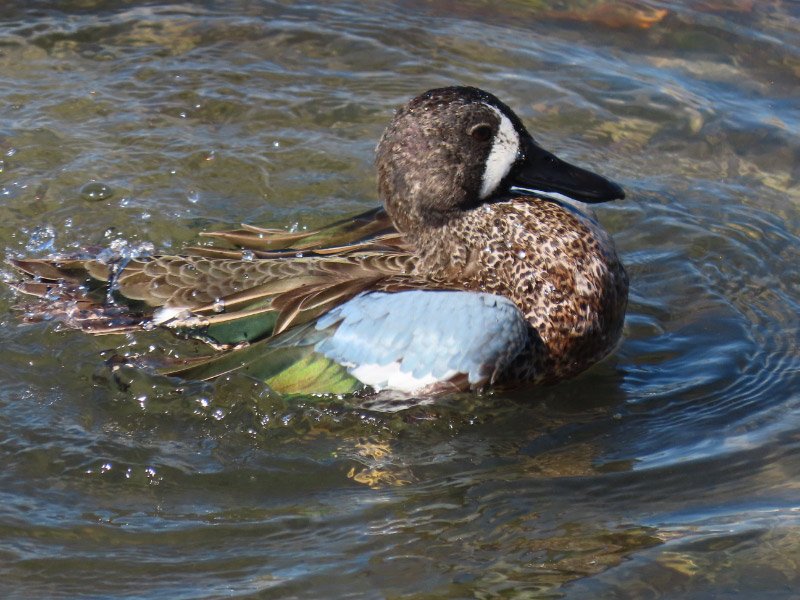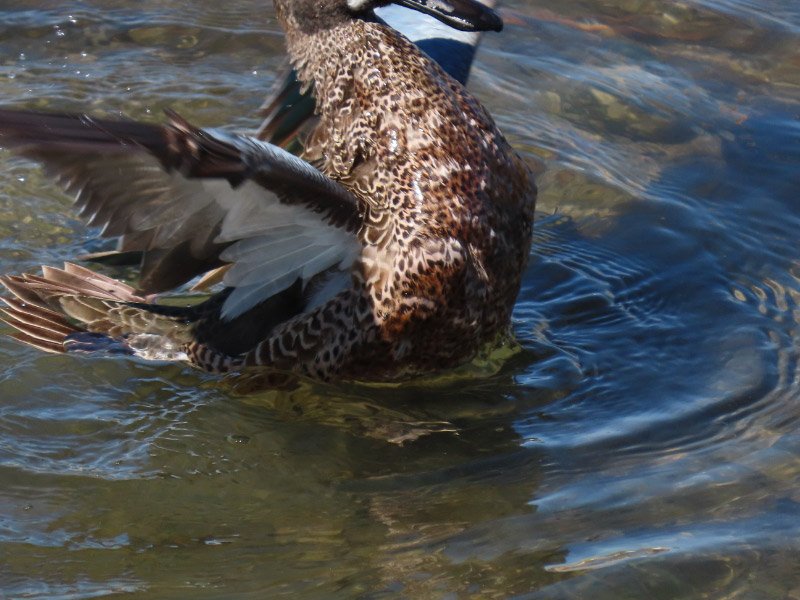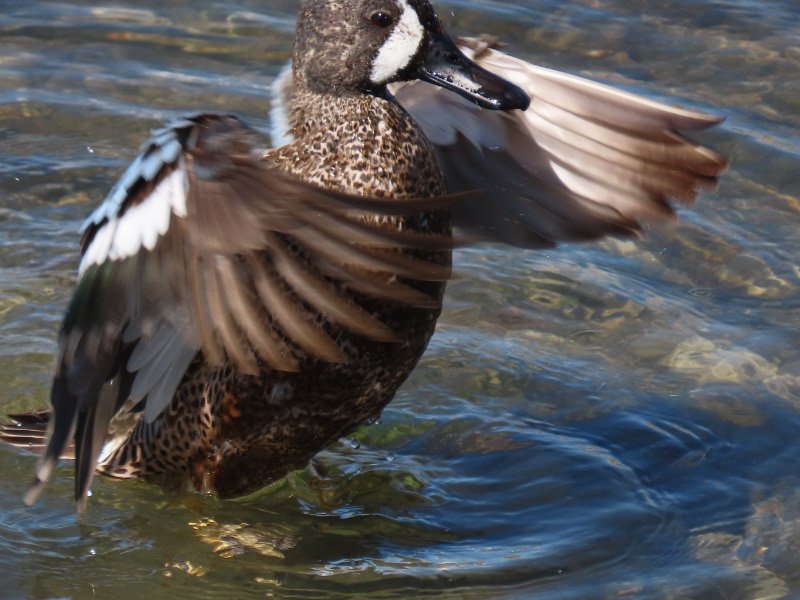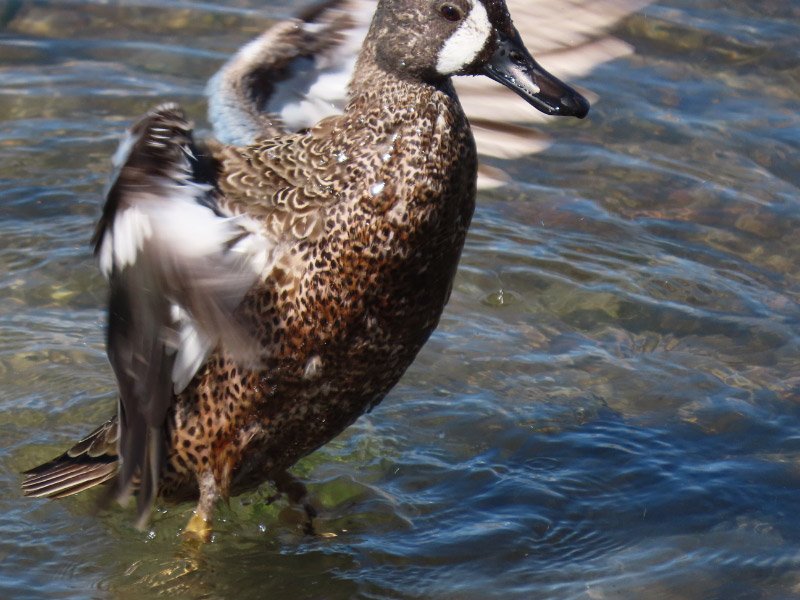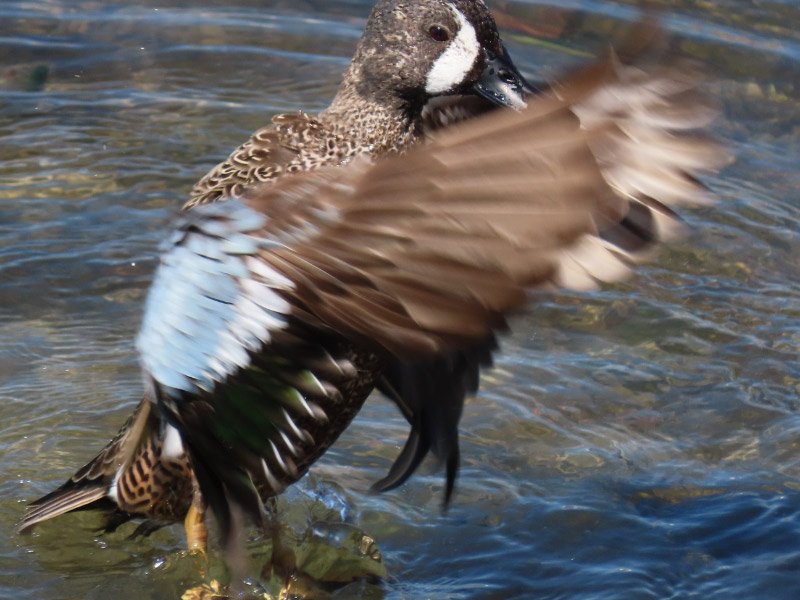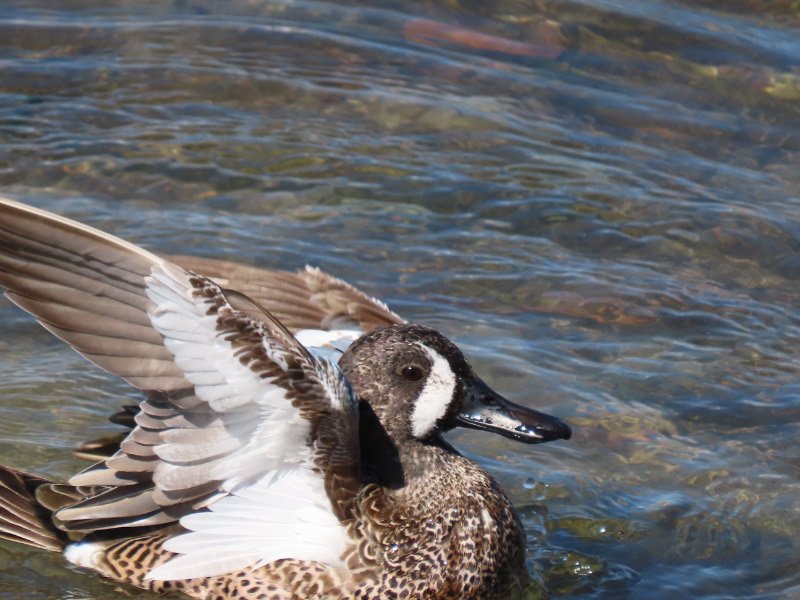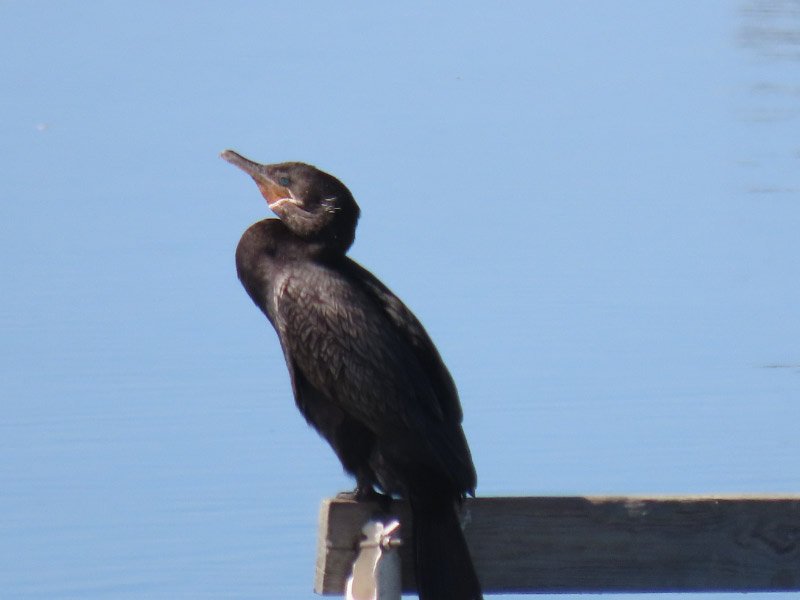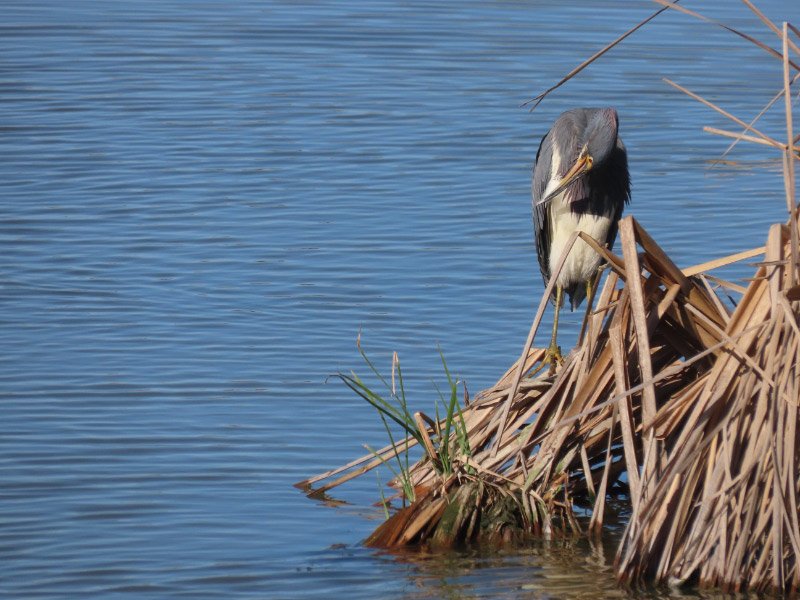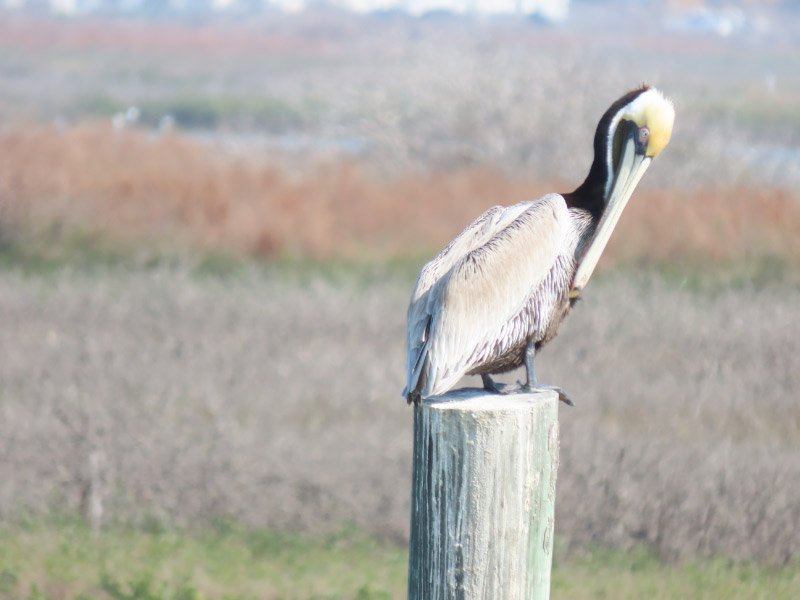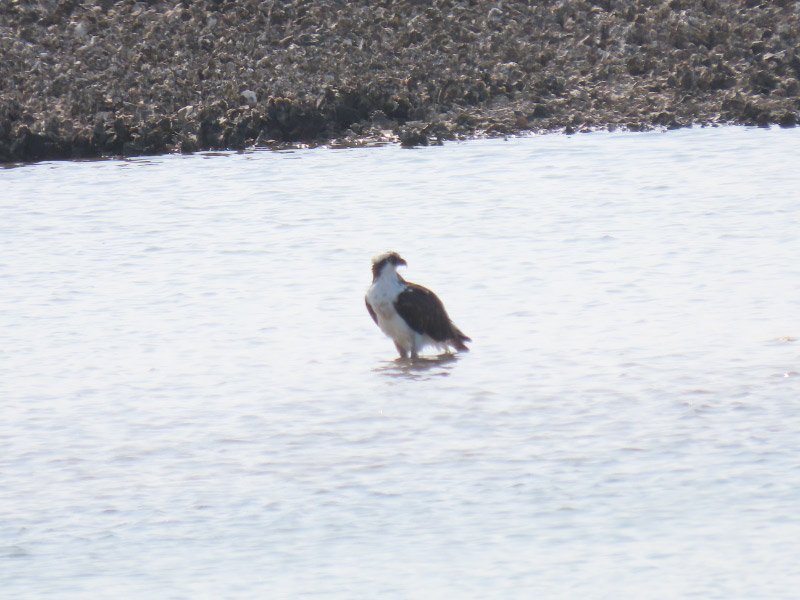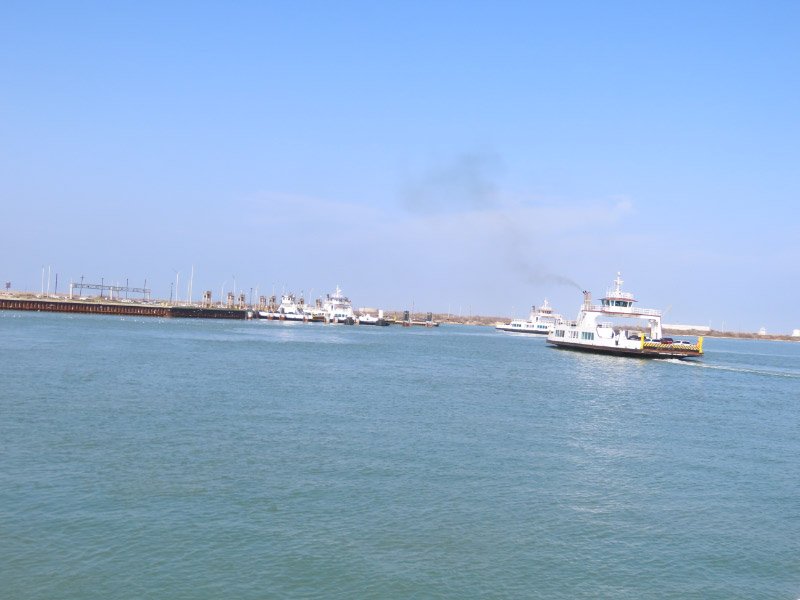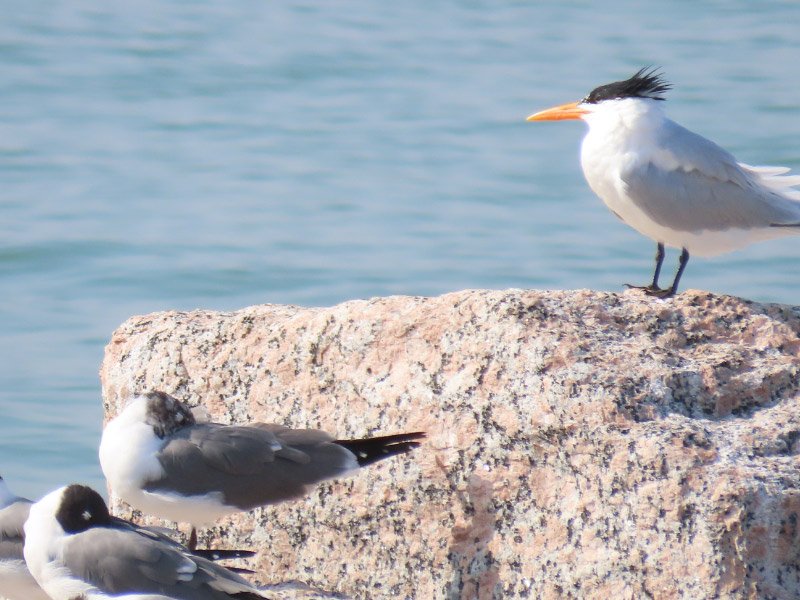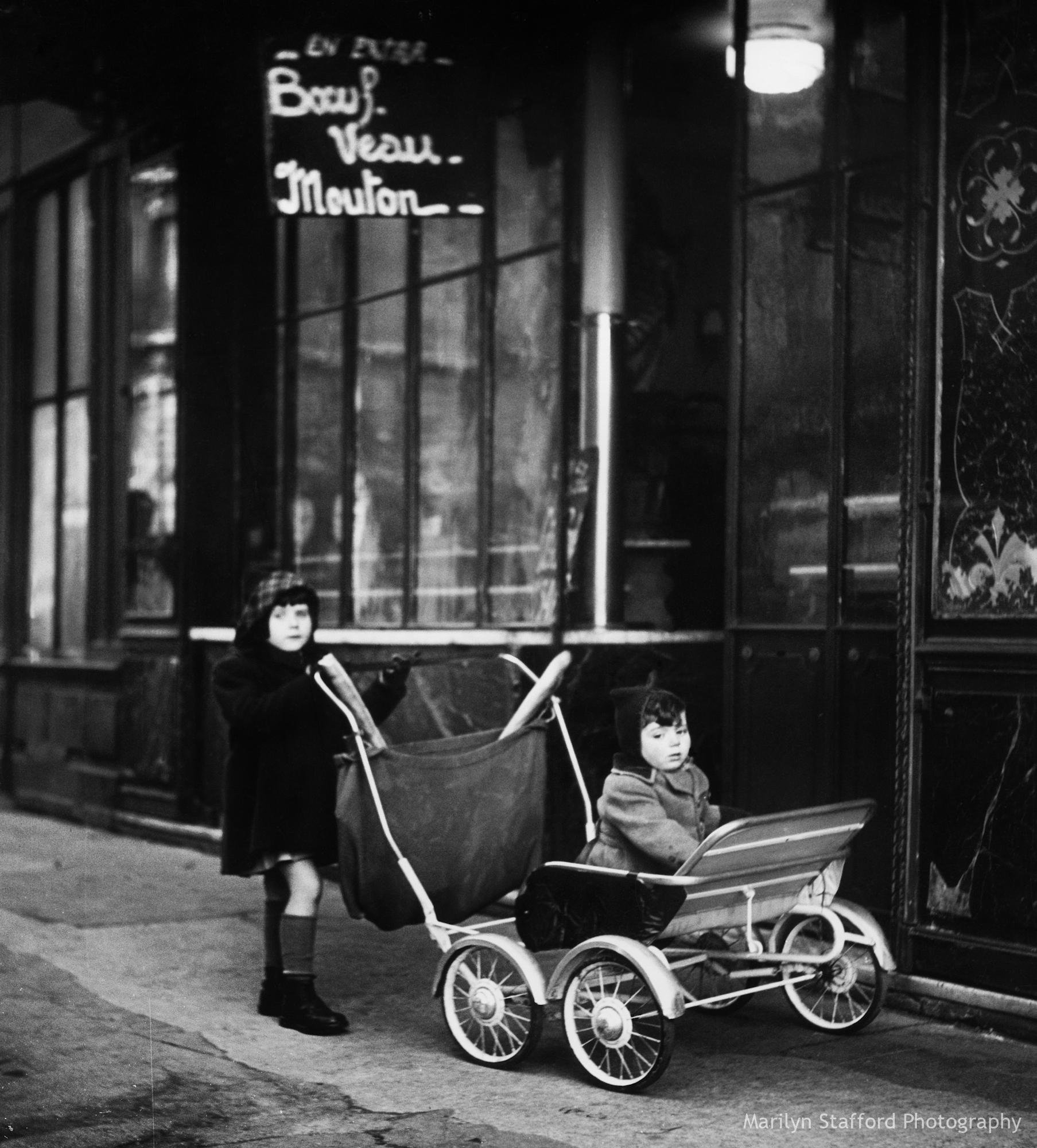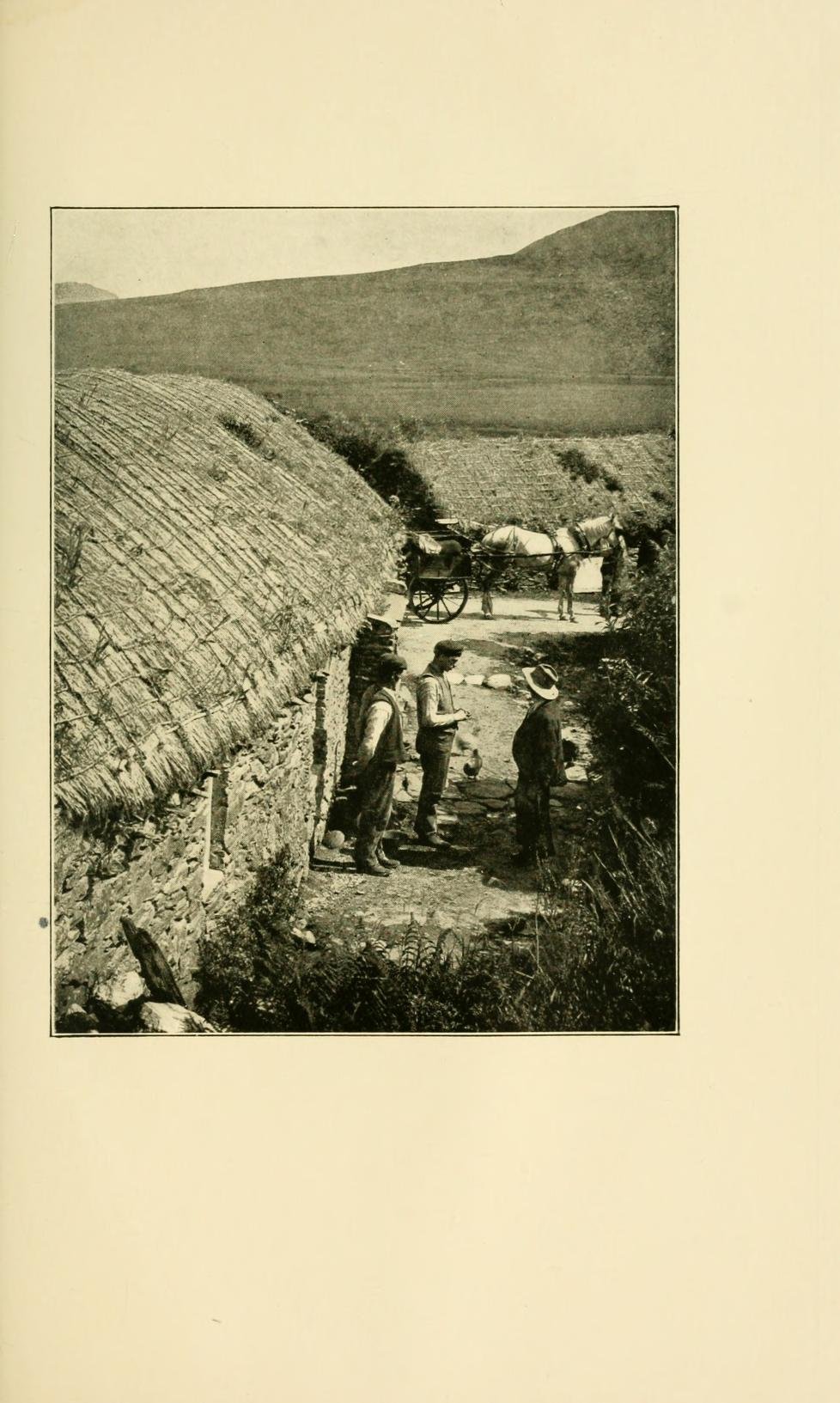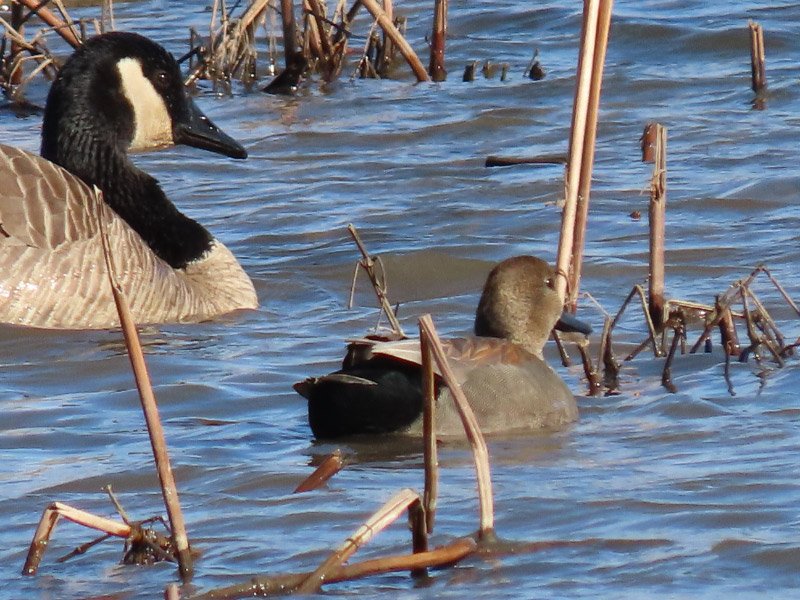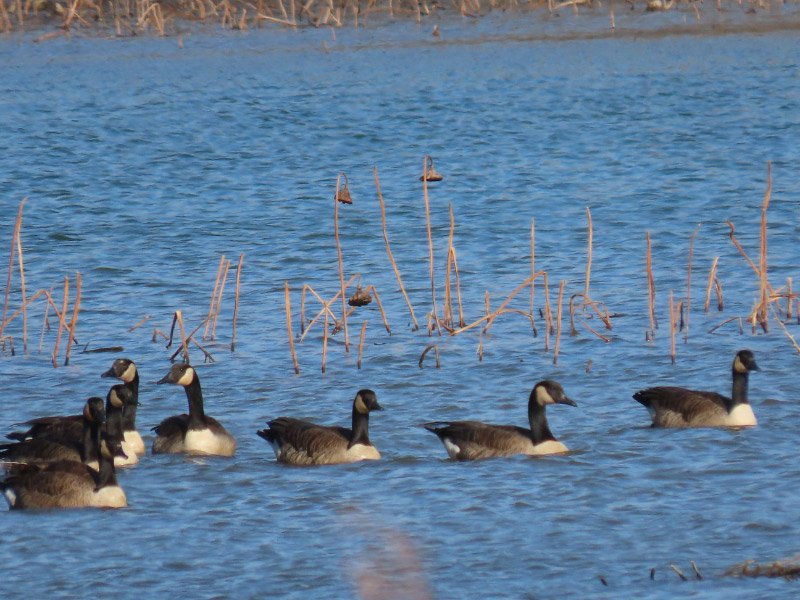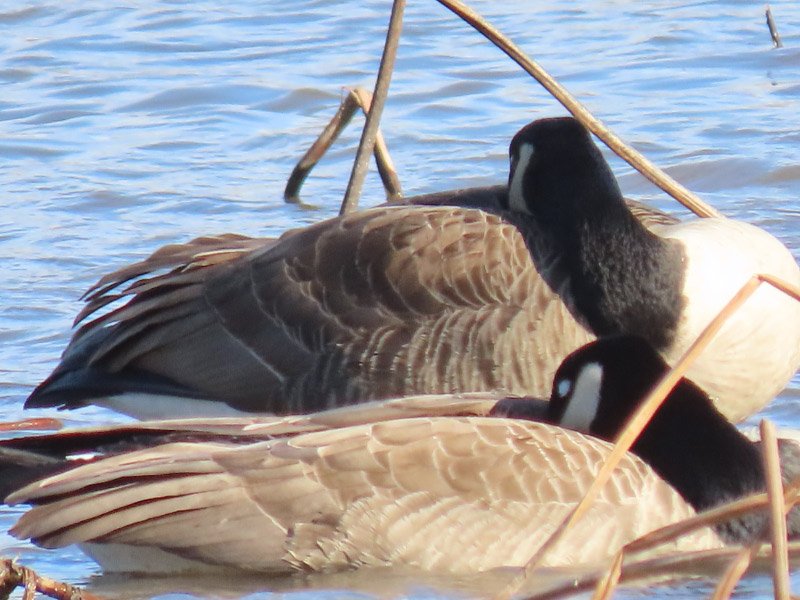Gleanings of the Week Ending March 23, 2024
/The items below were ‘the cream’ of the articles and websites I found this past week. Click on the light green text to look at the article.
6 chemical stories of colors through time – A little history of these colors….some very toxic!
Possible Neolithic Body Piercings Unearthed in Anatolia – Over 11,000 years old…found near ears and chins of human remains.
Under Threat in Their Native California, Giant Sequoias Are Thriving in Britain - First introduced to country estates in the 19th century, half a million sequoias now grow in Britain, compared to just 80,000 along the western flank of the Sierra Nevada in California, where they are increasingly imperiled by warming. Up to a fifth of all large giant sequoias in California died in wildfires in 2020 and 2021. The trees in Britain are still relatively young — sequoias can live for more than 3,000 years — and squat. In Britain’s cool, mild climate, sequoias are growing nearly as fast as in California.
Whales That Go Through Menopause Live Longer and May Help Care for Grandchildren - Female tooth whales that go through menopause (narwhals, killer whales, false killer whales, short-finned pilot whales and beluga whales) have longer lifespans than those that don’t, surviving decades past their reproductive prime!
A healthier diet is linked with a slower pace of aging, reduced dementia risk - We have some strong evidence that a healthy diet can protect against dementia…but the mechanism of this protection is not well understood. This study suggests that slower pace of aging mediates part of the relationship of healthy diet with reduced dementia risk, and therefore, monitoring pace of aging may inform dementia prevention. Additional observational studies need to be conducted to investigate direct associations of nutrients with brain aging.
The next pandemic? It’s already here for Earth’s wildlife – The pathogenic strain of avian influenza has killed millions of birds and unknown numbers of mammals. Between January 1, 2003 and December 21, 2023, 882 cases of human infection were reported from 23 countries, of which 461 (52%) were fatal. To prevent the worst outcomes for this virus, we must revisit its primary source: the incubator of intensive poultry farms.
Ultra-fast fashion is a disturbing trend undermining efforts to make the whole industry more sustainable - Ultra-fast fashion is marked by even faster production cycles, blink-and-you’ll-miss-it trends, and poor labor practices. Without change, the industry will account for 26% of the world’s carbon budget for limiting global warming to 2°C by 2050. Established brands such as Gap introduce 12,000 new items a year and H&M 25,000. But Shein leaves them in the dust, listing 1.3 million items in the same amount of time.
Seven ways to improve your sleep according to science – Science and historical perspective.
Warming Waters Bringing More Sharks to the Alabama Coast - Globally, warming waters are driving sharks to new areas where they were previously scarce. Great white sharks, tiger sharks, and bull sharks have all edged northward. From 2003 to 2020, the number of juvenile bull sharks swimming through Mobile Bay rose fivefold.
Incredible Winners of the 2024 British Wildlife Photography Awards – So many great images!



